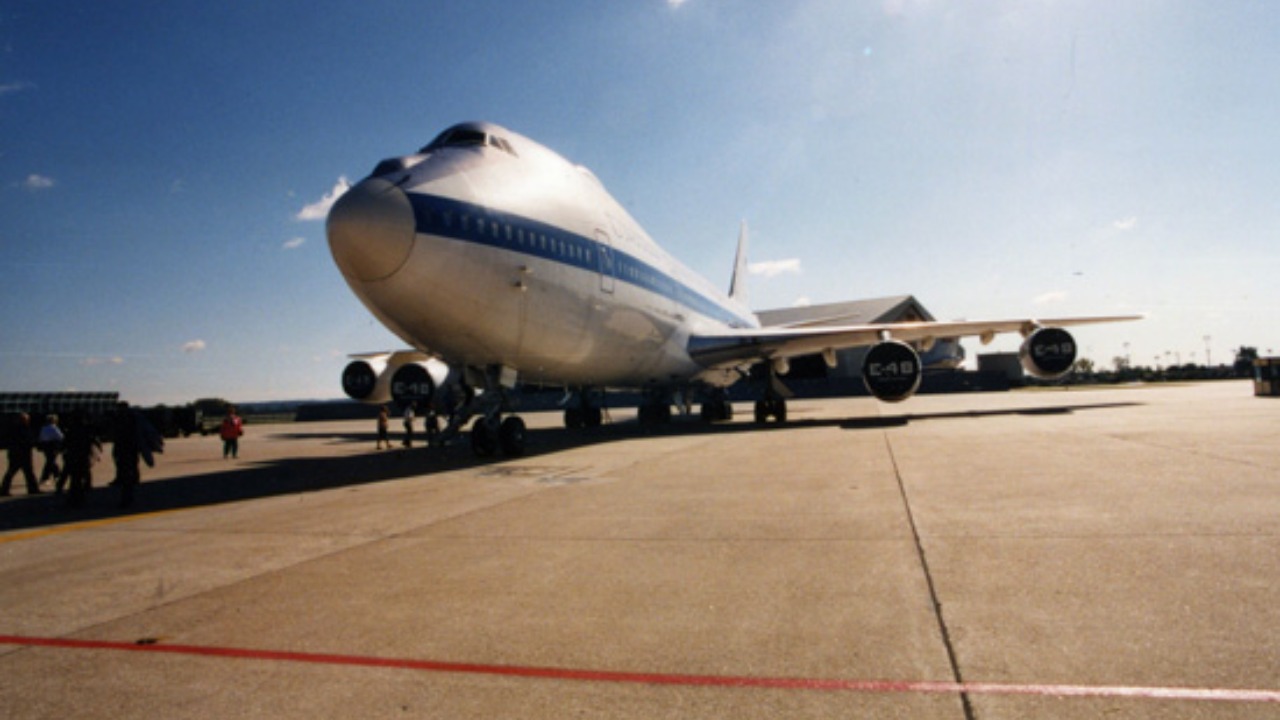
For airplane spotters and aviation enthusiasts, the stark contrast in cockpit nose designs between Boeing and Airbus aircraft is a fascinating detail. Boeing models typically feature sharply pointed noses, while Airbus opts for a more rounded profile. This visual distinction, most evident when comparing the Boeing 737 and the Airbus A320, is not merely aesthetic. It arises from deliberate engineering choices tied to aerodynamics, manufacturing heritage, and even pilot visibility. These differences subtly influence aircraft performance and the daily operations of pilots.
Boeing’s Pointed Nose Heritage
The pointed nose shape of Boeing aircraft has its roots in early jet designs that prioritized streamlined aerodynamics for high-speed flight. This design philosophy is evident in the Boeing 737, which maintains a pointed profile as a carryover from military and commercial jet lineages. The primary focus here is on reducing drag, a critical factor in aircraft performance. The pointed nose also offers manufacturing advantages, such as easier integration of radar and avionics in the angular structure, a detail that is often overlooked in discussions about aircraft design.
Airbus’s Rounded Nose Philosophy
On the other hand, Airbus’s preference for rounded noses represents a modern approach to cabin pressurization and structural integrity in composite materials. The Airbus A320, for instance, uses the curve of its nose to optimize internal space for pilots and equipment. This design choice also has aerodynamic implications. The rounder shape aids in bird strike resistance and noise reduction during takeoff, demonstrating how Airbus balances various considerations in its design philosophy.
Aerodynamic Impacts on Performance
Boeing’s pointy noses contribute to lower drag coefficients at cruising speeds, as evidenced by wind tunnel data from historical tests. This design choice enhances the aircraft’s speed and fuel efficiency. In contrast, Airbus’s rounded noses may introduce slight drag but improve laminar flow over the fuselage. Flight simulations show minimal real-world performance differences between the Boeing 737 and Airbus A320 in terms of fuel efficiency, suggesting that both design philosophies have their merits.
Pilot Visibility and Cockpit Design
Boeing’s pointed nose offers visibility advantages, providing a more forward-leaning windshield for better ground proximity during landing. This design feature can enhance pilot confidence and precision during critical phases of flight. Airbus’s rounded nose, meanwhile, offers benefits such as wider peripheral views that reduce pilot neck strain on long flights. Pilots have attested to how these nose designs affect their daily operations in models like the 737 and A320, underscoring the practical implications of these design choices.
Manufacturing and Cost Considerations
Boeing’s use of traditional aluminum riveting in pointed noses aligns with established assembly lines for cost efficiency. This approach contrasts with Airbus’s adoption of advanced composites in rounded structures, which enables lighter weight but incurs higher initial tooling costs. Lifecycle expenses also differ between the Boeing 737 and the Airbus A320, with each approach influencing maintenance costs in unique ways.
Regulatory and Safety Influences
FAA and EASA certification standards have shaped the contours of aircraft noses, with a focus on crashworthiness requirements. Boeing and Airbus nose designs meet bird ingestion and lightning strike protections differently, reflecting their distinct design philosophies. Both companies have also made post-incident adaptations, such as reinforced areas in pointed versus rounded profiles, to enhance safety.
Future Trends in Nose Design
Looking ahead, we may see hybrid designs that blend pointy and rounded elements in next-generation aircraft like potential 737 successors. Sustainability goals are pushing both Boeing and Airbus toward unified aerodynamics to cut emissions. The ongoing rivalry between Boeing and Airbus is likely to continue shaping these nose design traditions in response to market demands, promising exciting developments in the future of aviation.
More from MorningOverview